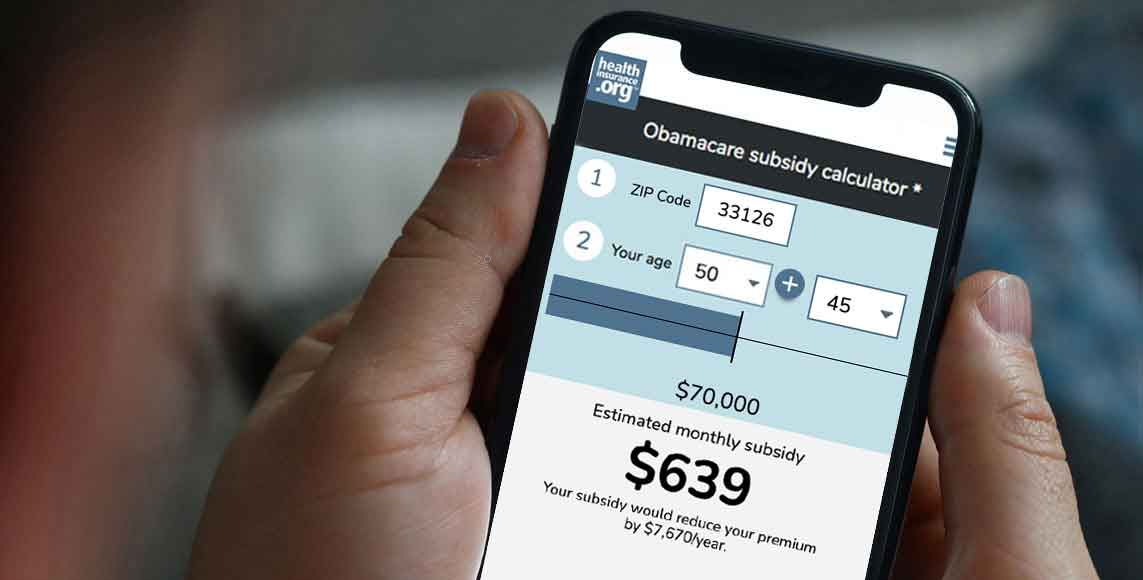Note to readers: I welcome reader comments and questions, and will try my best to reply in a timely manner. I ask only that you do your part to keep our discussion both reasoned and polite. – MM
By expanding Medicaid, the state-federal partnership that offers health insurance to low-income Americans, the Affordable Care Act set out to cover some 17 million uninsured – or roughly half of the 34 million who are expected to gain coverage under reform. But when the Supreme Court ruled on the Affordable Care Act in June, it struck down a key provision which threatened that if a state refused to co-operate in extending Medicaid to more of its citizens, it could lose the federal funding it now receives for its current Medicaid enrollees.
In a 7-to-2 decision, the justices ruled that this punishment was too coercive: “withholding of ‘existing Medicaid funds’ is ‘a gun to the head'” – that would force states to acquiesce.
As a result, states can, if they choose, opt out of the Medicaid expansion, and some governors are threatening to do just that – even though the federal government has committed to pay 100 percent of the cost from 2014 to 2017. After that, the federal share would gradually decline to 90 percent in 2020, and remain there. This is a generous offer; today the federal government now picks up just 57 percent of the Medicaid tab.
Related: How much can states gain by expanding Medicaid?
Nevertheless, some states claim that the 10 percent that they would have to ante up after 2020 is more than they can afford. A few go further and admit that this isn’t just about money: by rejecting the federal funds, they are voicing their objection to “Obamacare.”
Health care costs, premiums would rise
What these governors ignore is the impact that the loss of those Medicaid dollars will have on insurance rates in their states, says Joe Paduda, editor of Managed Care Matters. Hospitals have been counting on the influx of new Medicaid dollars to reduce the cost of uncompensated care. Today, hospitals spend billions delivering care to patients who are both uninsured and very poor. If more patients have Medicaid, the pile of unpaid bills will shrink.
Assuming that Medicaid will expand, the Affordable Care Act has already trimmed subsidies to hospitals that care for a disproportionate share of impoverished patients. But now, if states turn down the Medicaid funding, the hospitals in these states “are going to have to make up the revenue loss from somewhere,” says Paduda, “and that ‘somewhere’ is going to be from privately-insured patients. That will lead to health insurance costs increasing much faster in ‘non-expansion’ states than in the rest of the country.”
We have been told that in some red states conservatives “hate poor people.” But my guess is that they’ll hate higher premiums more. If premiums go up, governors who turned down federal Medicaid dollars will have to answer to voters.
Who would be left out?
When Medicaid legislation was originally passed in 1965, Congress spent hours discussing who counted as “the worthy poor.” Ultimately, legislators decided that the disabled, pregnant women and adults with dependent children deserved healthcare. Adults who didn’t have children would not qualify – no matter how little they earned.
Since then a few states have expanded Medicaid to include adults who don’t reproduce, but the majority stuck to the 1965 definition of “worthy.” (It’s worth remembering that back then, everyone was expected to marry – or there was “something wrong.”)
The Affordable Care Act would change that definition, extending the safety net to everyone with incomes below 138 percent of the federal poverty level ($15,415 a year for an individual and $31,800 for a family of four.) Today, the financial threshold varies from state to state: Texas, for example, only covers working adults earning below 26 percent of the poverty line. Seventeen states limit enrollment to parents earning less than half of the official poverty threshold, which last year was $18,500 for a family of three.
Now that some states are balking, the Congressional Budget Office estimates that 6 million of the 17 million who were supposed to be covered by the Medicare expansion will be left out of the program. Fortunately, 3 million of those 6 million will be eligible for sliding-scale subsidies that the ACA provides to help low-income and middle-income Americans purchase private insurance – if they earn between 100 percent and 400 percent of the federal poverty level. ($11,170 to $43,320 for an individual).
What is less fortunate is that the CBO estimates that those subsidies will cost Washington $3,000 more per person than if the same people were covered by Medicaid: private health insurance plans have higher administrative costs than Medicaid and also tend to pay providers more.
3 million left out in the cold
The other 3 million will be left out in the cold. The subsidies, which come in the form of tax credits, are earmarked for those who earn between 100 percent and 400 percent of the federal poverty line. Ironically, if a person earns “too little” (less than 100 percent of the FPL), they are not eligible for the subsidy. (The ACA assumed that they would be covered by the new Medicaid.)
At the same time, if they earn “too much” to qualify for Medicaid in a state that limits eligibility to 50 percent of the FPL, they will be shut out of that program as well – leaving them in a no-man’s land where they have no sure access to medical care.
In those cases where they do receive the care they need, the rest of us will wind up covering their unpaid bills as we watch our insurance premiums climb.
Maggie Mahar is an author and financial journalist who has written extensively about the American health care system. Her book, Money-Driven Medicine: The Real Reason Health Care Costs So Much, was the inspiration for the documentary, Money Driven Medicine. She is a prolific blogger, writing most recently for TIME’s Moneyland. Previously she wrote and edited the Health Beat blog for the progressive think tank, The Century Foundation. She also recently provided background on Congressional health care legislation for HealthReformVotes.org, a special project of the Health Insurance Resource Center.







